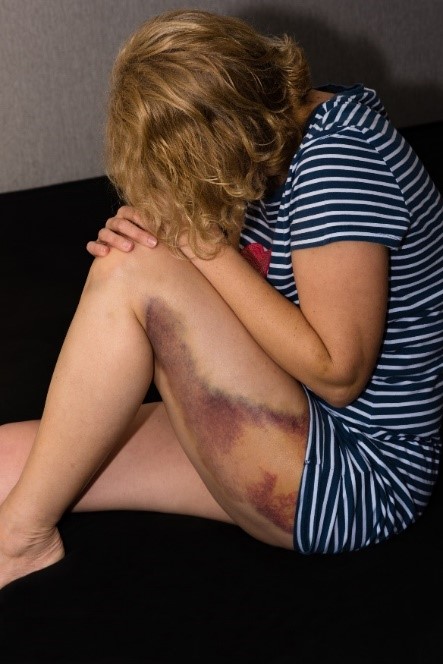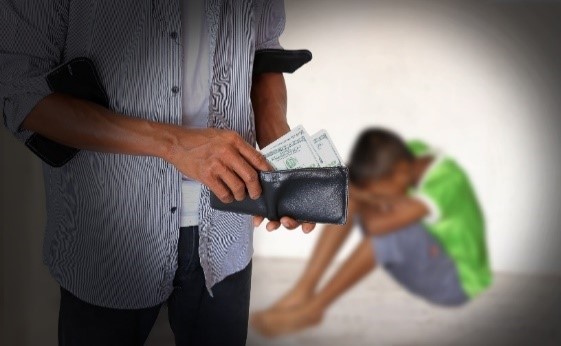Dissociation
A very simple form of dissociation happens to everyone when we daydream or let our mind wander—we lose track of the time and our eyes glaze over. However, for victims of trauma dissociation is more severe. Victims often don’t know they are dissociating and may lose track of time and “space out.” Victims may also become disconnected from where they are and from who they are. They may feel as though what is happening to them is happening to someone else.
Repression
Repression occurs when the memory is stored in an ‘irretrievable’ part of the brain for a period of time. For days or years, the victim forgets about a particularly traumatic incident in order to mitigate their response to trauma. This occurs more often with people who have experienced intensely traumatic events.
Trauma-bonding
Trauma-bonding occurs when the trafficker builds a romantic or familial relationship with the girl in order to exploit her. This relationship will become physical and fear-based when the exploitation begins. She will defend the trafficker, may report being in love with him and might try to return to him if she is rescued from the relationship.




